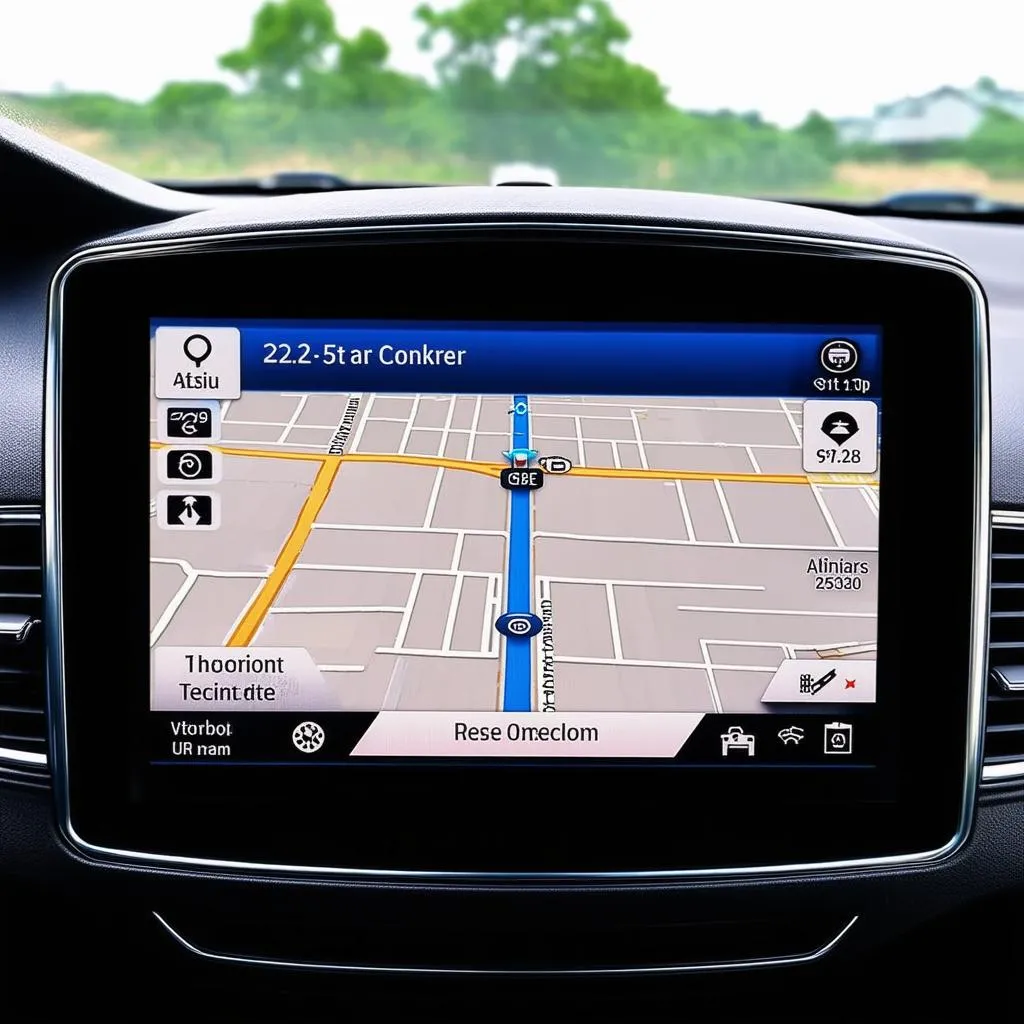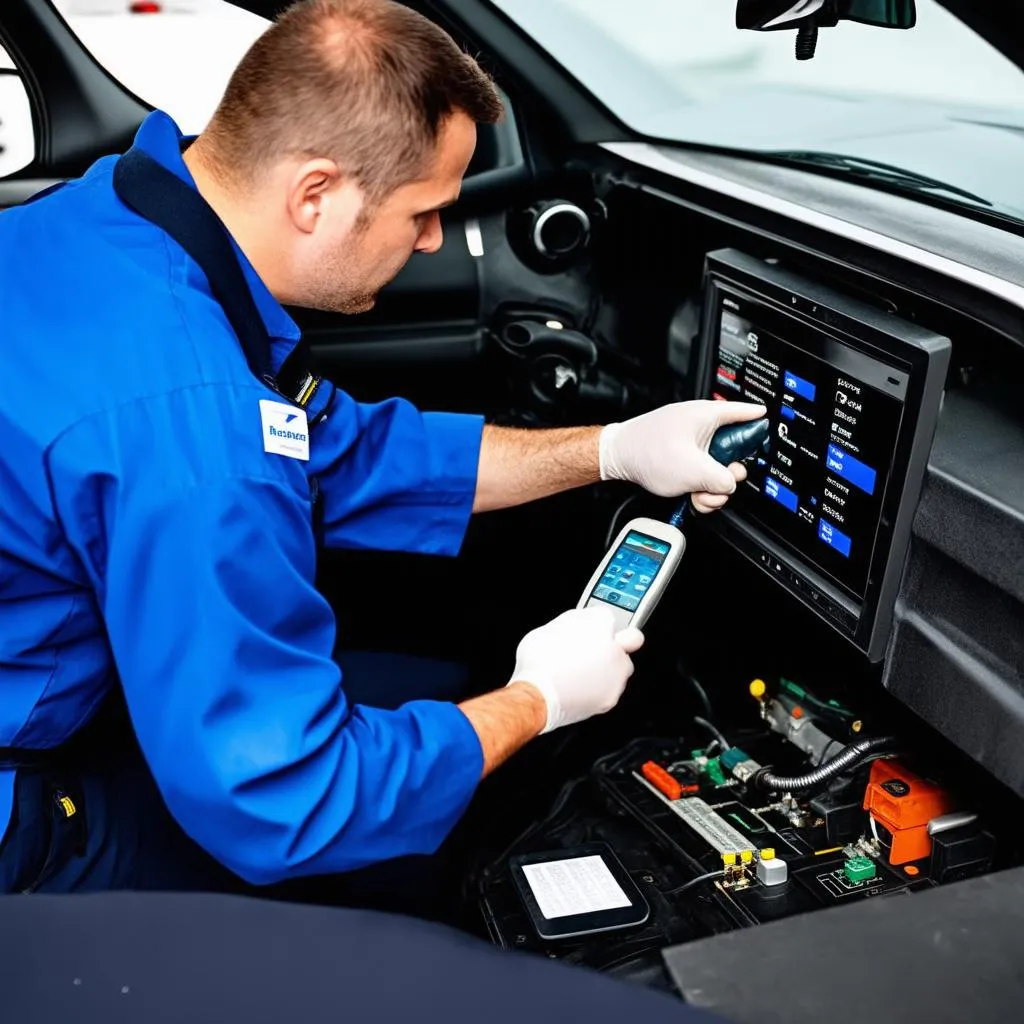Imagine you’re driving down a straight highway in the Nevada desert, heading north towards Reno. You’re cruising along in your Ford Mustang, the sun is shining, and life is good. Your odometer tells you that you’ve traveled 90 meters. Sounds simple, right? But what does that really tell us about your journey? Let’s break it down.
 A car driving north on a straight road
A car driving north on a straight road
Understanding the Question: More Than Just Miles
“A Car Travels 90 Meters Due North” is a phrase that might seem pulled straight out of a physics problem – and you wouldn’t be wrong! While simple on the surface, this statement opens the door to understanding key concepts in motion.
Distance vs. Displacement: What’s the Difference?
-
Distance: This is the total length of the path traveled. If you drove 90 meters, your distance traveled is 90 meters – no matter how many turns you made along the way.
-
Displacement: This is the overall change in position from your starting point to your ending point. Since you were traveling due north, your displacement is also 90 meters north.
Think of it like this: if you drove 90 meters north, then made a U-turn and drove 50 meters south, your distance traveled would be 140 meters. However, your displacement would only be 40 meters north because that’s how far you ended up from where you started.
Real-World Applications: Why It Matters
Understanding the difference between distance and displacement is crucial in many fields, especially when it comes to automotive technology:
-
Navigation Systems: Modern GPS systems utilize displacement to calculate the shortest route, factoring in turns and changes in direction.
-
Automotive Engineering: Engineers use displacement and distance data to design fuel-efficient vehicles and optimize driving performance.
 A car's GPS system showing a map and directions
A car's GPS system showing a map and directions
FAQs: Answering Your Questions
Here are some common questions people have about distance, displacement, and how they relate to driving:
Q: If a car travels 100 meters east, then 50 meters west, what is its displacement?
A: The car’s displacement is 50 meters east. Even though it traveled a total distance of 150 meters, it ended up 50 meters east of its starting point.
Q: Does a car’s odometer measure distance or displacement?
A: A car’s odometer measures distance. It tracks the total length of the path traveled, regardless of direction.
Thinking Beyond the Basics
Now, let’s take this concept a step further. Imagine you’re an automotive engineer designing a self-driving car. Understanding distance and displacement becomes critical for programming the car’s navigation system.
- John Miller, a software engineer at Tesla, once said, “Accurate displacement calculation is the cornerstone of autonomous navigation.”
Without it, self-driving cars wouldn’t be able to navigate efficiently or safely. They need to understand not just how far they’ve driven but also their exact position relative to their destination.
Related Questions and Further Exploration
Here are some other questions that relate to this topic:
- What is the difference between speed and velocity?
- How do maps use coordinates to represent location?
- What are some real-world examples of using displacement in everyday life?
For further exploration, you can also check out our other articles on automotive technology and engineering:
- Understanding Your Car’s Engine Control Unit
- The Future of Electric Vehicles
- Advanced Driver-Assistance Systems Explained
Need Help With Your Car’s Electronics?
We’re here to help! If you have any questions about your vehicle’s electronics or diagnostic tools, our team of automotive experts is available 24/7. Contact us on Whatsapp at +84767531508 for personalized support.
 A mechanic working on a car's electronics
A mechanic working on a car's electronics
We hope this article helped you understand the difference between distance and displacement!